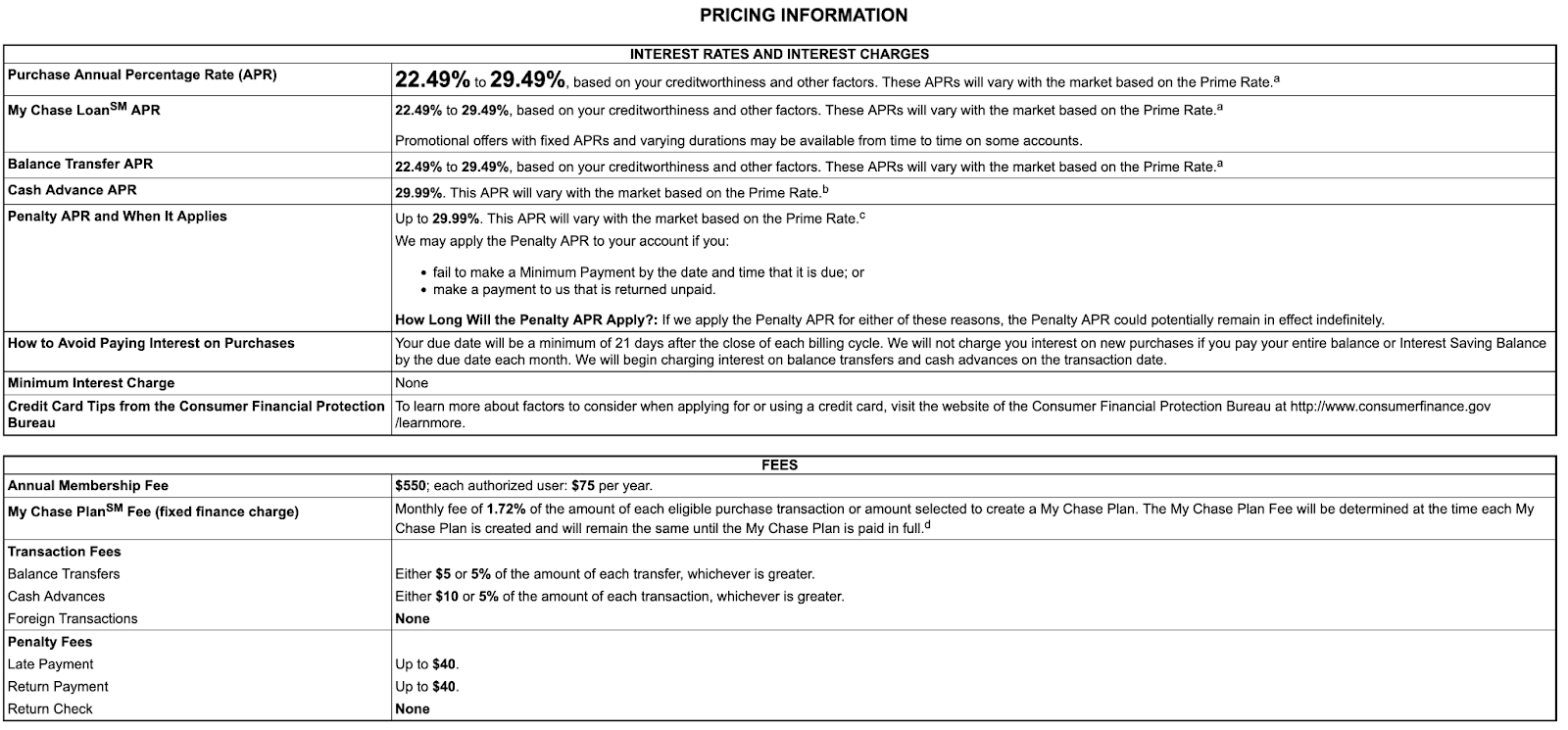How to send money with a credit card

The Bankrate promise
At Bankrate we strive to help you make smarter financial decisions. While we adhere to strict , this post may contain references to products from our partners. Here's an explanation for . The content on this page is accurate as of the posting date; however, some of the offers mentioned may have expired. Terms apply to the offers listed on this page. Any opinions, analyses, reviews or recommendations expressed in this article are those of the author’s alone, and have not been reviewed, approved or otherwise endorsed by any card issuer.
Our writers and editors used an in-house natural language generation platform to assist with portions of this article, allowing them to focus on adding information that is uniquely helpful. The article was reviewed, fact-checked and edited by our editorial staff prior to publication.
Key takeaways
- Sending money with a credit card can be convenient, but it typically comes with fees and higher-than-usual interest rates that can add up for big transactions.
- Apps like Cash App, PayPal and Venmo allow you to send money through their platforms with a credit card, while Apple Cash, Google Pay and Zelle don’t.
- Card issuers — such as Amex, Chase and Citi — support card loans that can be lower-cost alternatives for cardholders.
Your credit card can be a convenient way to send money, but it’s typically a more expensive option than sending money from your bank account. Before you use your card to send money, you’ll need to understand the fees and interest rates you face for each option. We explore the different ways you can send money with your card, including lower-cost alternatives.
Cash advances
A cash advance is a short-term loan borrowed against your credit card’s credit limit. You can initiate a cash advance with your PIN at an ATM or local bank branch.
But cash advances come with fees and interest rates that are significantly higher than what you’ll pay for typical purchases — close to 30 percent variable with some cards. And unlike other transactions, cash advances don’t come with a grace period. This means the amount you borrow begins accruing interest immediately.
Before you take out a cash advance, carefully review your card’s fine print for the cash advance APR and transaction fee. This information features prominently in your card’s Schumer box under interest rates, interest charges and transaction fees.
This is an example of a Schumer box for the Chase Sapphire Reserve® card:

Peer-to-peer payment apps
Several peer-to-peer payment apps allow you to link your credit card and transfer money to approved recipients. Transaction fees vary by app, and fees can add up, especially for large transactions.
Here’s what you can expect with popular payment apps.
| Payment app | Credit card fee | How to send money |
|---|---|---|
| Cash App | 3% of your transaction. | Link your credit card within the app and tap Pay & Request |
| PayPal | 2.9% of your transaction | Link your credit card within the app and tap Pay or send money |
| Venmo | 3% of your transaction | Add your credit card as a payment method and tap Pay/Request |
Payment apps like Apple Cash, Google Pay and Zelle do not allow you to send money using a credit card. Instead, these apps require a linked bank account or debit card to transfer money.
Wire transfers
Though a costly option, you can pay for a wire transfer with your credit card. Wire transfer fees can be as high as $50 or more, depending on the transfer company and whether your recipient is domestic or international.
Most credit card issuers treat wire transfers as a cash advance — meaning you’re charged a cash advance fee and a higher interest rate that applies immediately.
Lower-cost alternatives for sending money with a credit card
Many issuers are introducing new ways for cardmembers to tap into their credit line to send money to friends and family. An alternative to a cash advance, these card loans allow eligible cardholders to borrow against a card’s credit limit and repay the loan monthly, sometimes with set repayment terms.
Unlike an advance that comes with a higher-than-usual APR, the amount you borrow is subject to your card’s purchase APR or a lower rate, depending on the issuer.
| Issuer loan | How it works | Limits |
|---|---|---|
| Amex Send | Send money to Venmo or PayPal recipients through Amex Send, and amount appears on your statement, subject to card’s purchase APR | Send up to $10,000 per transaction, subject to rolling 30-day transaction limits |
| My Chase Loan | Borrow against credit limit with fixed monthly payments at rate lower than your card’s standard APR, with funds deposited to your bank account in 1 to 2 days | Minimum $500, with maximum depending on your monthly spending, creditworthiness and other factors |
| Citi Flex Loan | Borrow against your credit limit at your card’s purchase APR, with money received as a direct deposit or check | Minimum $500, with maximum depending on your income, credit limit and other factors |
Note that you will not earn rewards on these transactions.
What should I consider when sending money with a credit card?
Before sending money with a credit card, weigh any convenience against the total potential costs with these three actions:
- Look to your issuer first. Amex, Chase and Citi are a few credit card issuers that support a lower-cost way to borrow against your credit limit without the need for a cash advance.
- Understand total fees. If a cash advance is your only option, expect either a flat cash advance fee or a transaction fee expressed as a minimum flat fee or percentage of your transaction — for example,“Either $10 or 5% of the amount of each transaction, whichever is greater.”
- Consider a peer-to-peer app. Apps like PayPal or Cash App allow you to send money with a credit card at fees that are typically around 3% of your transaction.
The bottom line
When it comes to sending money with a credit card, don’t let convenience overshadow the potential costs. Cash advances and peer-to-peer apps like Cash App, PayPal and Venmo allow you to send money fast, but with fees that can add up significantly, depending on your transaction amount.
If you’re a cardholder with Amex, Chase or Citi, you may be able to take advantage of lower-cost card loans that allow you to borrow against your credit limit at your typical purchase APR — or lower rates, depending on the issuer.
Related Articles




Using a rewards credit card to send money on PayPal — is it worth it?